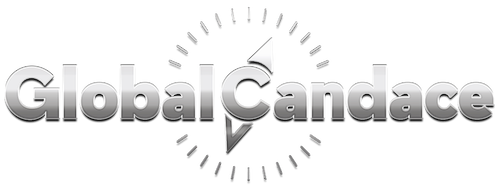Front-end development has evolved drastically in recent years, and frameworks play a vital role in creating engaging user experiences. These tools not only facilitate the construction of interactive interfaces but also play a crucial role in optimizing the user experience (UX). In this analysis, we will explore some front-end development frameworks, evaluating their strengths and weaknesses to help you make informed decisions in enhancing products and services.
1. React, one of the front-end development frameworks
Strengths
- Component-based. React’s component-based architecture makes it easy to create and maintain modular and reusable interfaces.
- Virtual DOM. The implementation of the Virtual DOM allows efficient updates, optimizing performance and providing a smoother user experience.
- Large community. React is backed by an active community, offering continuous support, resources, and a wide variety of libraries and tools.
Weaknesses
- Learning curve. For beginners, the learning curve can be steep, especially when dealing with concepts like JSX and one-way data flow.
- Initial setup. Although tools like Create React App simplify setup, larger projects may require more complex configurations.
Use to enhance the user experience:
React excels in applications that require dynamic interfaces and frequent updates, such as social media platforms and real-time e-commerce systems.
2. Angular, another front-end development framework
Strengths
- Full-fledged framework. Angular provides a complete and ready-to-use structure from the start, offering directives, services, and a robust architecture for large applications.
- Dependency injection. Facilitates dependency management, simplifying unit testing and improving code modularity.
- TypeScript. Based on TypeScript, Angular offers static typing, enhancing error detection during development.
Weaknesses
- Learning curve. The complexity of Angular can be overwhelming for beginners, potentially slowing down the framework’s adoption.
- Frequent updates. Regular updates may lead to compatibility issues and require additional time for transitioning between versions.
Use to enhance the user experience:
Angular is particularly effective in complex enterprise applications that require a robust structure and long-term maintenance.
3. Vue.js, another front-end development framework
Strengths
- Simplicity. Vue.js is known for its ease of learning and use, allowing developers to integrate into projects quickly.
- Efficient performance. Offers efficient performance thanks to its optimized Virtual DOM system.
- Flexibility. Can be gradually adopted in existing projects, facilitating a step-by-step migration.
Weaknesses
- Smaller ecosystem. Although growing, the Vue.js community and ecosystem are smaller compared to React and Angular.
- Scalability. Enormously scalable projects may face challenges due to its less-prescriptive nature compared to other frameworks.
Use to enhance the user experience:
Vue.js excels in medium-sized projects that require a balance between ease of development and efficient performance.
In the quest for the ideal framework to enhance the user experience, it’s essential to consider various factors. React, with its modularity and efficiency in updates, is perfect for dynamic applications. Angular, with its solid structure, is the right choice for large-scale enterprise projects. Vue.js, balancing simplicity and performance, is ideal for medium-sized projects.
The final decision will depend on the specific needs of the project, the development team, and the long-term vision. By selecting a framework that aligns with the project’s goals, you ensure not only a successful implementation but also an exceptional user experience in products and services. Ultimately, choosing the right framework makes the difference between a conventional interface and an extraordinary user experience.










